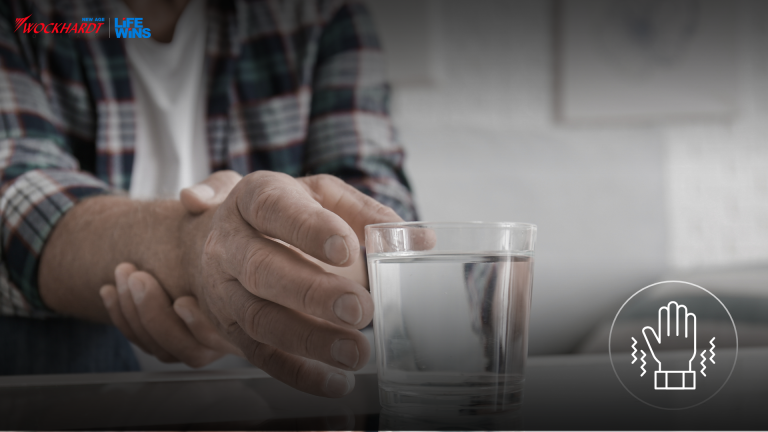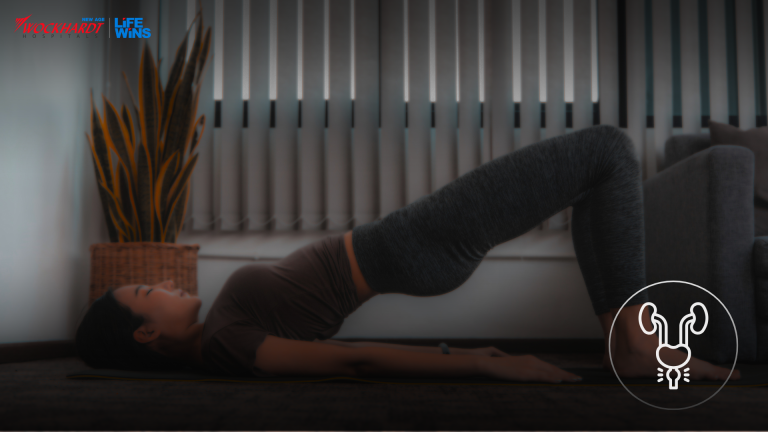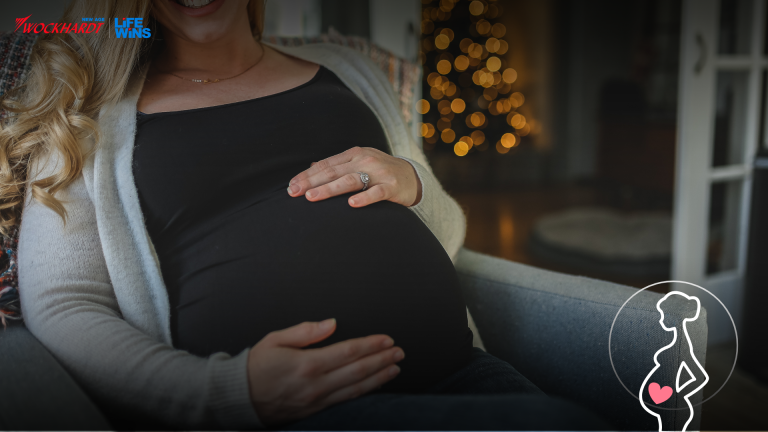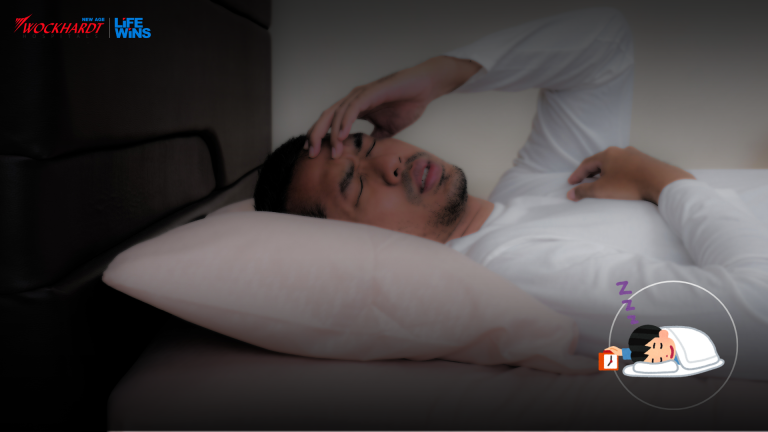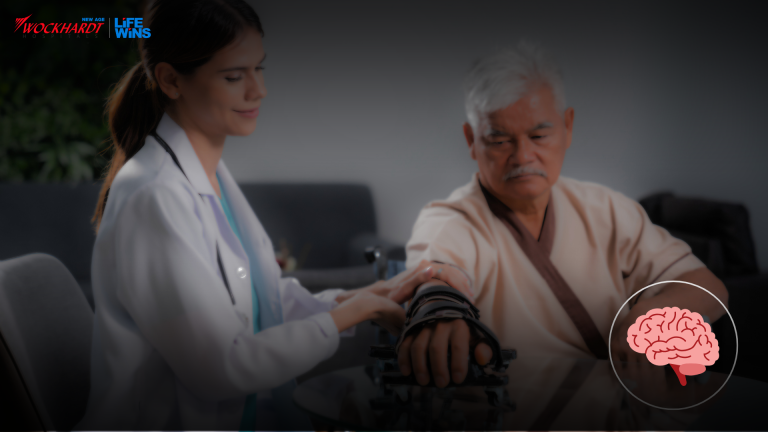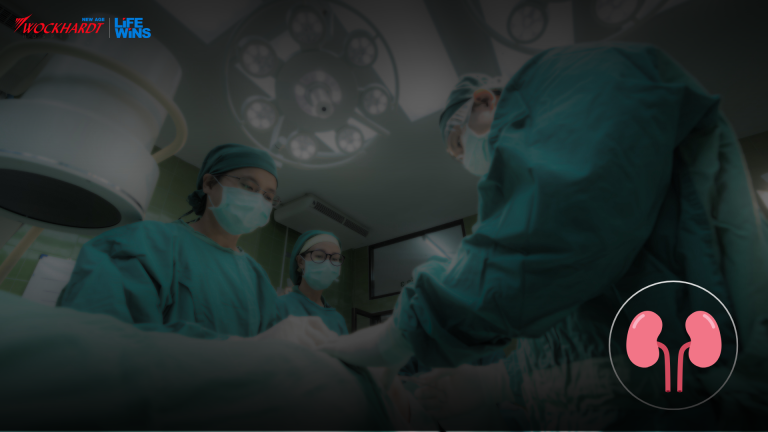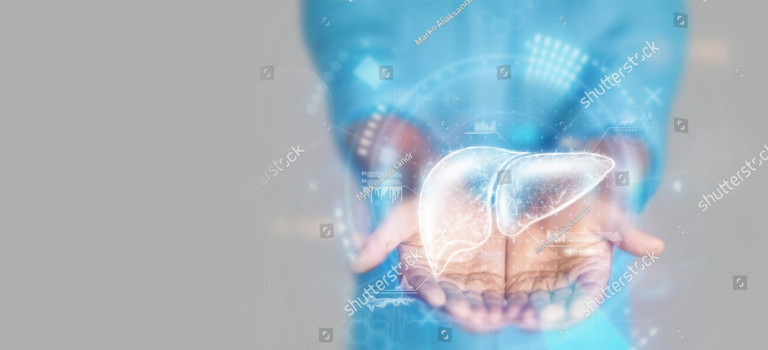Diwali the most joyous festival celebrated throughout India. It calls for loads of lights, colours, burn crackers and sweets. With the coming of this fiesta, it also welcomes some unwanted accidents and health hazards at times. But this does not mean this festival can’t be safe and healthy.
Wockhardt hospitals takes this occasion to share with you some health tips so that u and your family can have a safe, happy and prosperous Diwali.
- Firstly eat healthy. This season, we usually tend to indulge in sweets and put on extra pounds, which in turn affects their health. You can opt for low calorie sweets which can be an alternative to the heavy ghee sweets.
- It is always important to hydrate yourself enough. With eating unhealthy snacks and sweets the body accumulates toxins. It is important to flush these toxins out by drinking tons of water.
- Diabetic patients should take extra precaution this season and minimize sweet intake. These individuals are recommended to keep a check on their sugar and starch consumption.
- Alcohol should be kept to a minimum, excessive alcohol not only causes dehydration, but also gives you a hang-over. This also increases the risk of accidents on the auspicious day.
- Maintain a first aid kit near you. It is suggested that individuals have a first aid kit that contains inhalers, eye drops and burn cream throughout this time as this will prevent major complications in case of an accident.
- Keep earplugs if required. The loud sound of fireworks could damage ear drums in some people and also result in increased heart rate in old persons and those with cardiac problems.
- Lighting of fire crackers can be avoided. It is advisable not to burn fire crackers there can cause physical injuries, noise pollution and the fumes generally emitted can cause respiratory issues. . Patients with chronic lung diseases, COPD or asthma should avoid places with heavy cracker pollution. They could suffer from breathlessness due to the smoke. They are recommended to use masks particularly while going out.
- Use eco-friendly decorations in the house which is friendly to environment as well as nontoxic to health.
- Keep surroundings clean and throw of waste and garbage in your area.
Precautions on Lighting Fire Crackers:
- Avoid long loose clothes, as they are fast in catching fire.
- Strictly avoid using matches and lighters for bursting crackers for Diwali as they have open flames that can be dangerous.
- Never ignite aerial fireworks like rockets if there is any overhead obstruction present like trees and wires.
- Never ever leave a lit match, incense stick or sparkler near unused crackers.
Never experiment with crackers or make your own fireworks.
- Avoid bursting crackers on the roads-it could cause a major road accident.
- Never ever light a cracker while holding it in your hand. See to it that you put it down and then ignite it.
- Don’t keep your face close to the cracker while trying to light it.
- Do not throw fireworks at people.
- Never give any firework item to small children.
- When crackers take time or do not ignite immediately, do not keep in trying to burst them. Move away immediately. Throw some water to diffuse them.
- Don’t burn crackers in crowded, congested places, narrow lanes, near sources of fire or inside the house.
- Don’t let children burst crackers unaccompanied by an adult. Keep an eye on them constant
Management of Burns:
Most common injury and accident during Diwali season mostly seen whilst lighting fire crackers.
Burn is damage to the skin caused by contact with dry heat. It may be caused by fire, flames, steam, hot liquids, hot metal, sunlight, electricity or chemicals.
The degree of burn varies:
- First Degree (Superficial) – Involves only top layer of the skin and is red and dry and the burn is generally painful. The area may swell. Most burns are first degree burns.
- Second degree (Partial – Thickness) – Involves both the epidermis and dermis. The area is red and blisters may open and weep fluid, making the skin appear wet. These types of burns are usually painful and the area often swells.
- Third Degree (Full Thickness) – Destroys both the layers of the skin with muscles, bones, blood vessels and nerves. These burns may look brown or charred with tissues underneath sometimes appearing white.
DOS:
- Objective is to prevent shock and or infection
- Immerse the burnt area in cool water or by applying clothes soaked in cool water.
- Remove jewellery and constrictive clothing before swelling or blisters occurs.
- Cover the area with a dry, sterile dressing and not cotton or other fluffy material.
- Drop, Cover and Roll if caught fire or cover the person with a blanket immediately
- In case of a 3rd degree burn ensures airway is open, tilt head backwards.
- Leave clothes on the skin.
- Elevate arm ,legs, and hands
- Take patient to the hospital Immediately
Don’ts
- Don’t place a burn under extreme water pressure
- Don’t remove the cloth that is stuck to the burnt area.
- Don’t apply butter ointment, oil on the area affected.
- Do not put ice as it may reduce would healing time.
- Do not break the blisters
Visit your nearest Wockhardt hospitals for any mishap this Diwali.. We are open 24X7.











